Why do people risk their lives to eat Fugu, a fish known to be deadly?
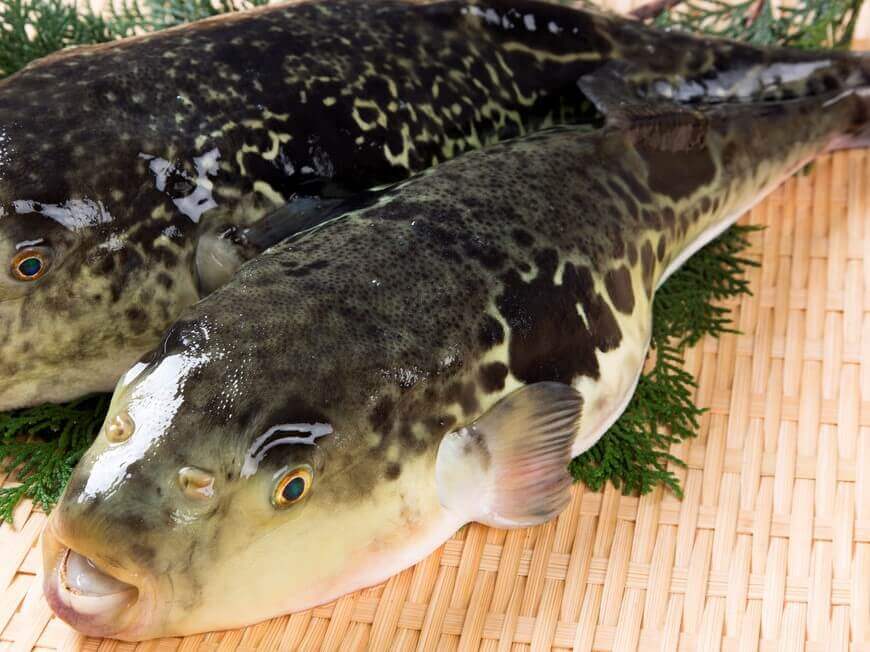 Fugu, or blowfish, is a celebrated delicacy in Japanese cuisine, but it comes with a deadly risk. Despite its exquisite taste and refined culinary presentation, Fugu contains one of the most powerful natural toxins known to humans. Understanding what makes this fish so dangerous—and how it’s safely prepared—sheds light on one of the most fascinating aspects of Japanese food culture.
Fugu, or blowfish, is a celebrated delicacy in Japanese cuisine, but it comes with a deadly risk. Despite its exquisite taste and refined culinary presentation, Fugu contains one of the most powerful natural toxins known to humans. Understanding what makes this fish so dangerous—and how it’s safely prepared—sheds light on one of the most fascinating aspects of Japanese food culture.
In most cases, Fugu (blowfish) poison is found in non-meat parts of the fish such as the liver, ovaries, stomach, intestine, skin and eyes. There are Fugu that do not contain poison in these parts, but most of the Fugu in the waters near Japan are poisonous. A mistake in preparations that allows the meat to touch the poison of the liver or ovaries results in immediate death. Therefore, the general rule is to only eat Fugu at restaurants with an expert licensed in Fugu preparation. Cases of poisoning by Fugu are nearly always a result of an amateur trying to prepare the fish.
The toxin in Fugu is a chemical substance called tetrodotoxin and even heat from boiling or frying can’t detoxicate it. Even Torafugu (Japanese pufferfish) that we find so delicious (we eat the meat, skin and testes) has poison in the liver, ovaries and intestines. The toxicity is said to be at least 1,000 times that of potassium cyanide. They say 10 people would die from the organs of a single Torafugu. In the case of Fugu poisoning, the first poisoning symptoms occur between 20 minutes and three hours after eating the Fugu. It starts with numbness in the lips, the tip of the tongue and fingertips. This is followed by headache, stomachache and severe vomiting. The victim will stagger when trying to walk. Soon they will experience sensory paralysis, speech disturbance and difficulty breathing, accompanied by a decrease in blood pressure. After that, the entire body becomes paralyzed and the victim can no longer move even a finger. Finally, they will fade out of consciousness and eventually both breathing and heartbeat cease, resulting in death. If the consumer doesn’t notice they are experiencing poisoning symptoms, they will surely die.
The strength of the toxin of the fugu also varies depending on the season. Even on an individual basis, some fish have toxins while others don’t. It’s not possible to determine this based on appearance, so it’s better to never eat the organs and eyes, which have a high probability of containing poison.
Fugu has already been successfully farmed and is on the market. No toxins have been found in this farmed Fugu. If farmed Fugu has no toxins, it’s only natural to question what factors generate toxins in wild Fugu and apparently it‘s a cumulative effect of toxins from the food chain. Fugu’s main sources of nutrition are starfish and shellfish. Starfish and shellfish accumulate poison in the body by eating zooplankton with vibrio attached to them. This vibrio creates poisons. Then, Fugu accumulates toxins in the body by eating starfish and shellfish that have toxins accumulated in their bodies. Therefore, farmed Fugu are raised on man-made feed that doesn’t contain Fugu toxins, and since they don’t ingest Fugu toxins and there is no bioconcentration, so the Fugu does not contain poison.
Enjoying Fugu safely requires more than bravery—it requires expertise.
While the thought of eating a potentially lethal fish may seem reckless, the strict regulations and skilled craftsmanship behind Fugu preparation make it one of the safest delicacies when handled properly. As farmed Fugu becomes more common and toxin-free, the dangers may be diminishing—but the mystique surrounding this unique fish remains as strong as ever.
[sc_apply url=”https://sushiuniversity.jp/apply/”]
We hope this information will be helpful.

Revision date: August 7, 2025
Share this article
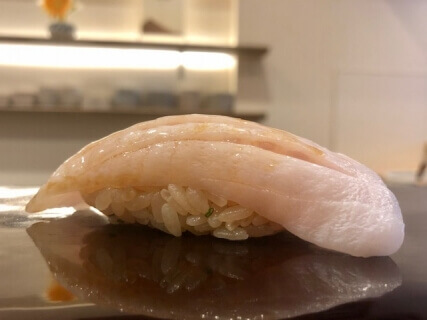
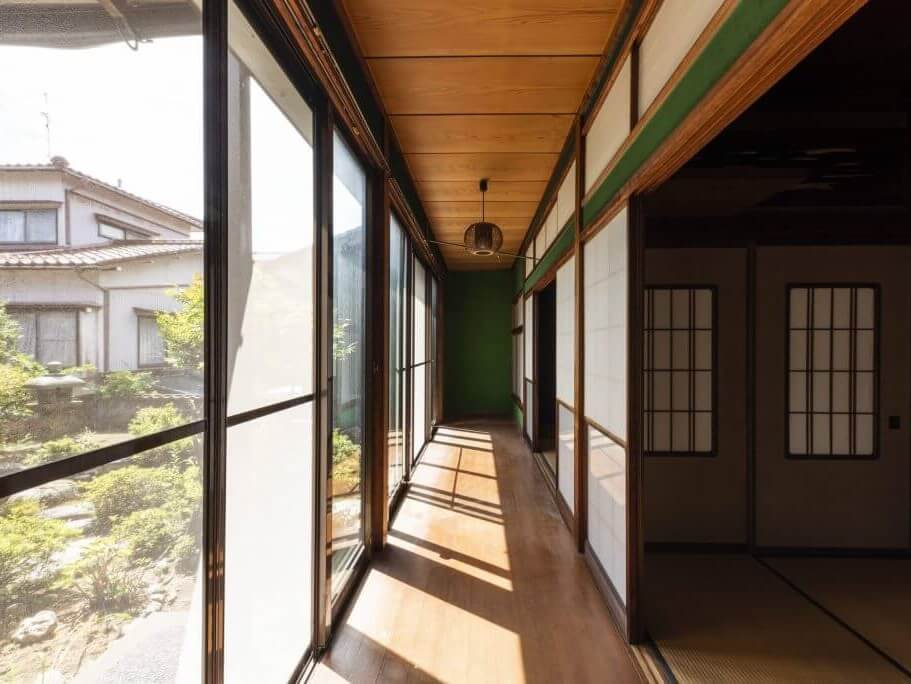 The name “engawa” comes from its resemblance to the unique veranda structure of Japanese-style homes. This veranda is called “engawa” in Japanese.
The name “engawa” comes from its resemblance to the unique veranda structure of Japanese-style homes. This veranda is called “engawa” in Japanese.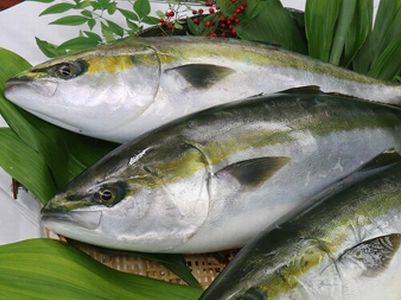 In the United States and other countries, “
In the United States and other countries, “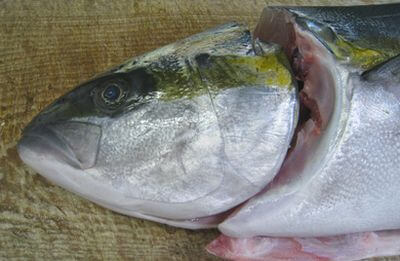 As an aside, three cousins (closely related species) of buri are often used as sushi toppings in sushi restaurants. In the Fish Name Dictionary, the translations of these cousins are Goldstriped amberjack (
As an aside, three cousins (closely related species) of buri are often used as sushi toppings in sushi restaurants. In the Fish Name Dictionary, the translations of these cousins are Goldstriped amberjack (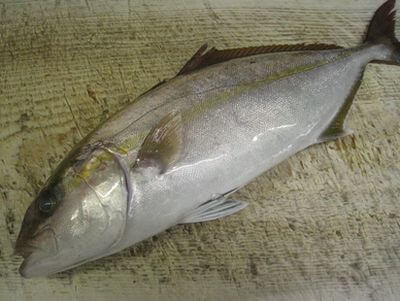 I’m sure you’re interested in the price, and while the price of the seasonal winter buri varies, it is generally around $10-20 per kilogram. Since there is very little distribution of hiramasa, the price is said to be about double that of buri. The price of
I’m sure you’re interested in the price, and while the price of the seasonal winter buri varies, it is generally around $10-20 per kilogram. Since there is very little distribution of hiramasa, the price is said to be about double that of buri. The price of 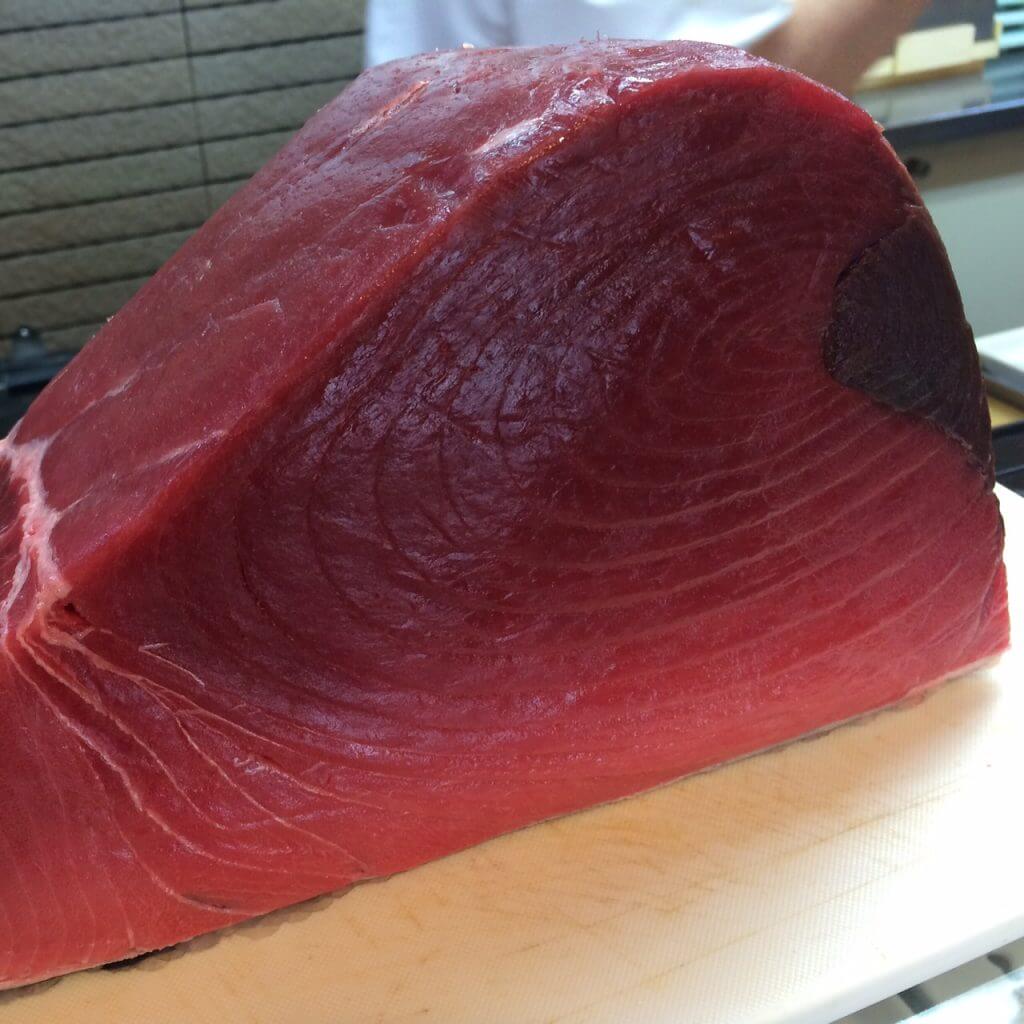 Why is only tuna brought into certain ports high-priced, even though all of the tuna is caught in the seas near Japan? This is because the level of stress caused to the fish when it is caught has a huge impact on the quality, including taste, color and texture. In other words, the same fish may be delicious or taste unpleasant depending on how the fisher handles the fish directly after catching it. Naturally, everyone ends up wanting the fish from the ports with fisherman who are skilled in this practice*. Furthermore, it is individuals who process the fish. The quality changes drastically depending on who caught it.
Why is only tuna brought into certain ports high-priced, even though all of the tuna is caught in the seas near Japan? This is because the level of stress caused to the fish when it is caught has a huge impact on the quality, including taste, color and texture. In other words, the same fish may be delicious or taste unpleasant depending on how the fisher handles the fish directly after catching it. Naturally, everyone ends up wanting the fish from the ports with fisherman who are skilled in this practice*. Furthermore, it is individuals who process the fish. The quality changes drastically depending on who caught it.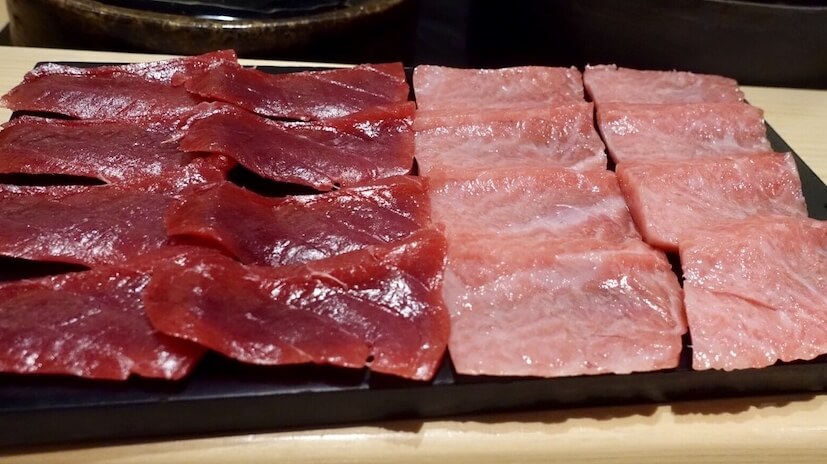 However, sushi chefs will remove the topping from the refrigerator and leave it standing out for a while (in the case of tuna, the fat will melt at around 23℃). They do this because if the topping is cold, it becomes difficult to taste the essential nature of the fish. The temperature of the shari is best at human skin temperature (around 36℃) to maximize the taste and sweetness of the rice. However, the ideal temperature differs very slightly depending on the topping.
However, sushi chefs will remove the topping from the refrigerator and leave it standing out for a while (in the case of tuna, the fat will melt at around 23℃). They do this because if the topping is cold, it becomes difficult to taste the essential nature of the fish. The temperature of the shari is best at human skin temperature (around 36℃) to maximize the taste and sweetness of the rice. However, the ideal temperature differs very slightly depending on the topping.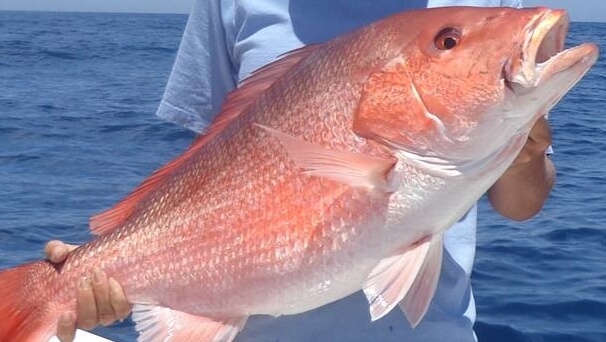 Biologically, Snapper is a generic term for all species in the snapper family (
Biologically, Snapper is a generic term for all species in the snapper family (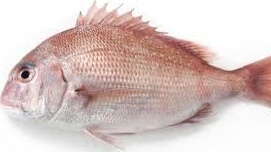 They say there are over 300 different species of fish with “Tai” in the name, making up 10% of Japan’s fish. When we say “Tai” in Japanese, we are referring to “madai” or red sea bream. Red sea-bream is categorized in the “madai” family (
They say there are over 300 different species of fish with “Tai” in the name, making up 10% of Japan’s fish. When we say “Tai” in Japanese, we are referring to “madai” or red sea bream. Red sea-bream is categorized in the “madai” family (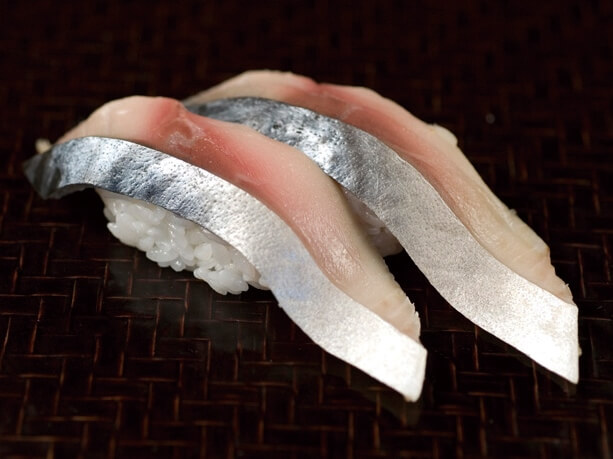 When you sit at the counter and order nigiri a la carte, they will come out in pairs.* There is nothing wrong with counting these in the regular Japanese way “ikko (一個),” “niko (二個).”
When you sit at the counter and order nigiri a la carte, they will come out in pairs.* There is nothing wrong with counting these in the regular Japanese way “ikko (一個),” “niko (二個).”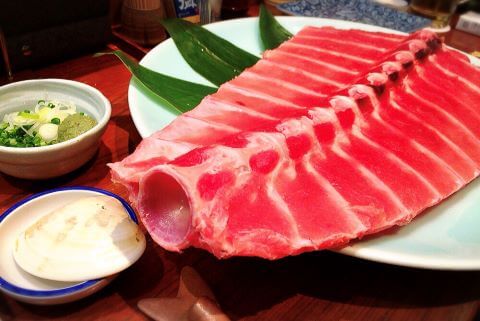 First, what do you imagine when you hear the word “negitoro”?
First, what do you imagine when you hear the word “negitoro”?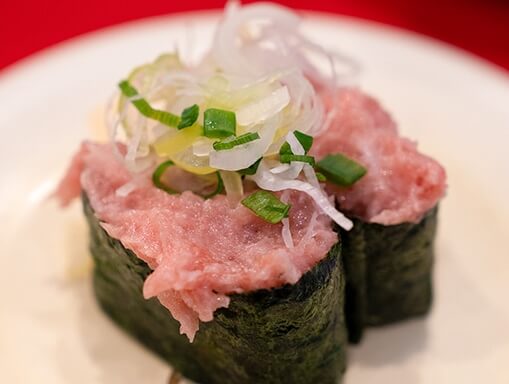 First of all, the lowest in the ranking are the offcuts of tuna that can’t be made into sashimi (mainly Yellowfin or Albacore tuna) and this is mixed with vegetable oil and minced. The type of onion used is normally green onions. You can pick this type out because it will be whitish in color. This version is normally served at conveyor belt sushi.
First of all, the lowest in the ranking are the offcuts of tuna that can’t be made into sashimi (mainly Yellowfin or Albacore tuna) and this is mixed with vegetable oil and minced. The type of onion used is normally green onions. You can pick this type out because it will be whitish in color. This version is normally served at conveyor belt sushi.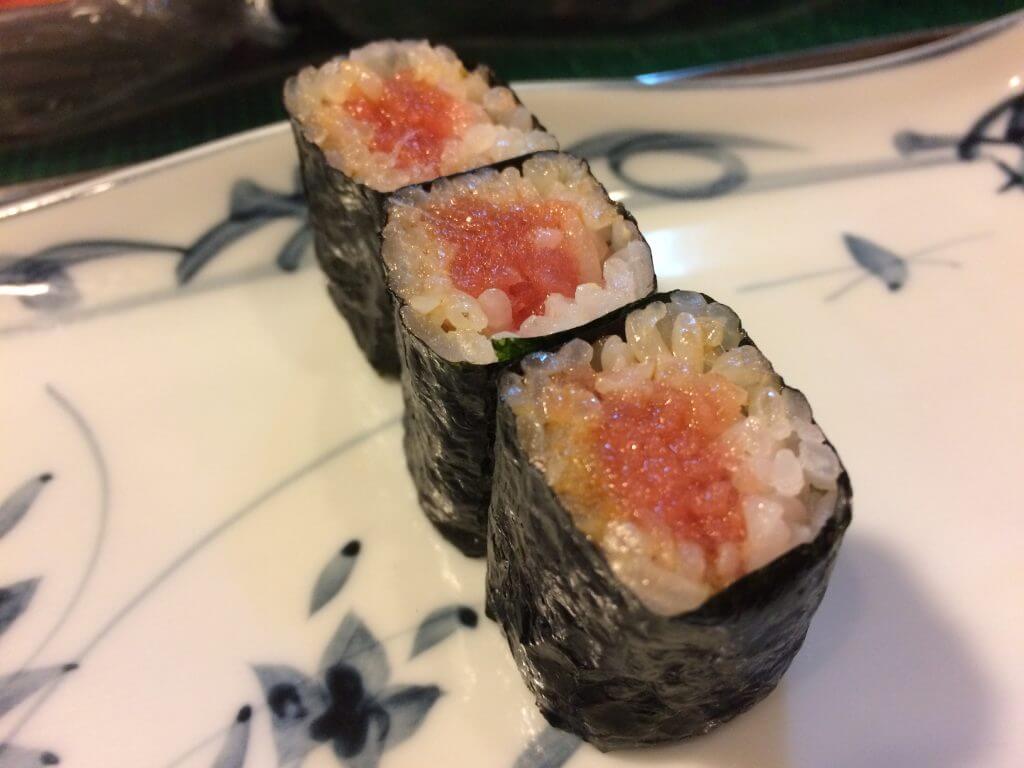 High quality negitoro uses the nakaochi of
High quality negitoro uses the nakaochi of 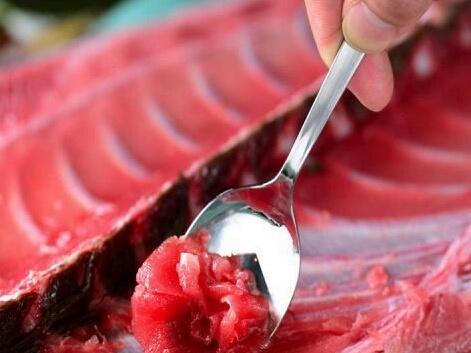
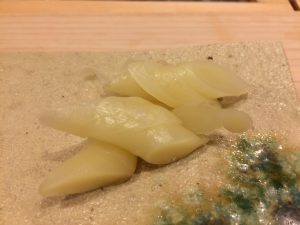 However, at high-end or traditional sushi restaurants where artisanal gari is made in-house, it may be included in the bill. This is because crafting delicious, high-quality gari requires considerable time, skill, and labor, and the cost of fresh, domestic ingredients can be so high that serving it for free would result in a financial loss.
However, at high-end or traditional sushi restaurants where artisanal gari is made in-house, it may be included in the bill. This is because crafting delicious, high-quality gari requires considerable time, skill, and labor, and the cost of fresh, domestic ingredients can be so high that serving it for free would result in a financial loss.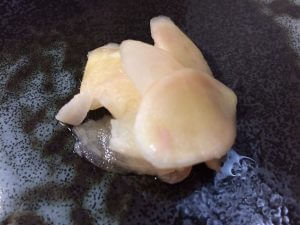
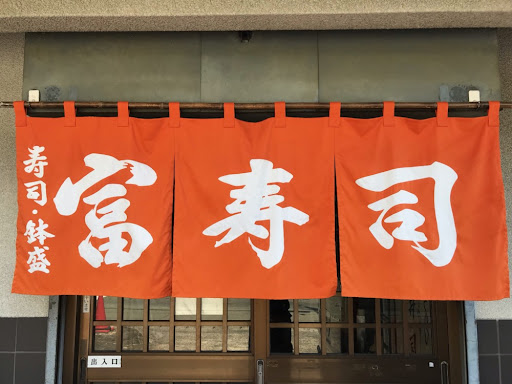
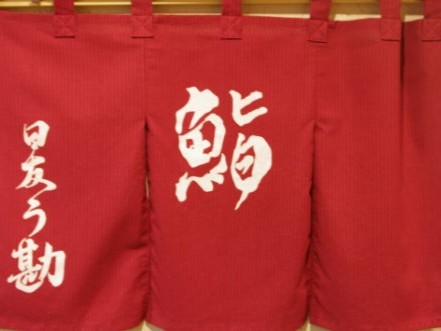
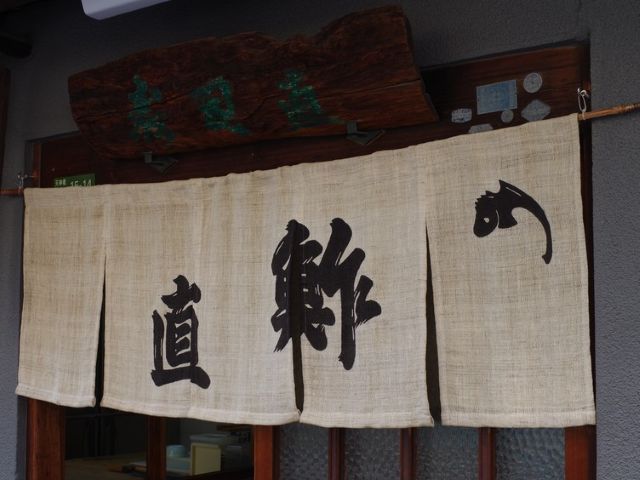
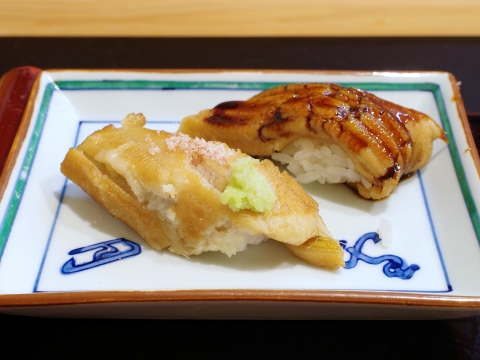
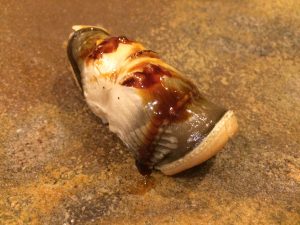

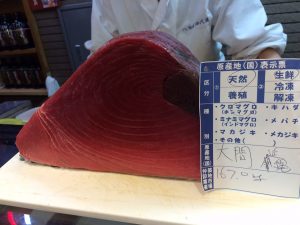 Then, when the sushi chef gets the tuna, he first separates the red, lean meat and the fatty toro portion, rewraps them separately, seals them in plastic, and puts them on ice. Next is waiting for the “young” meat, not yet suitable for eating, to mature. The number of days the fish will be rested depends on the size of the fish and the temperature. The smaller the cut and the warmer the temperature, the shorter the rest time. Generally the time is from 3-14 days.
Then, when the sushi chef gets the tuna, he first separates the red, lean meat and the fatty toro portion, rewraps them separately, seals them in plastic, and puts them on ice. Next is waiting for the “young” meat, not yet suitable for eating, to mature. The number of days the fish will be rested depends on the size of the fish and the temperature. The smaller the cut and the warmer the temperature, the shorter the rest time. Generally the time is from 3-14 days.